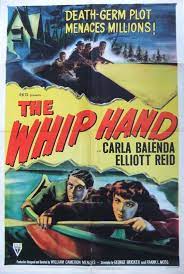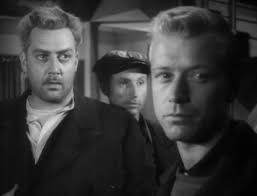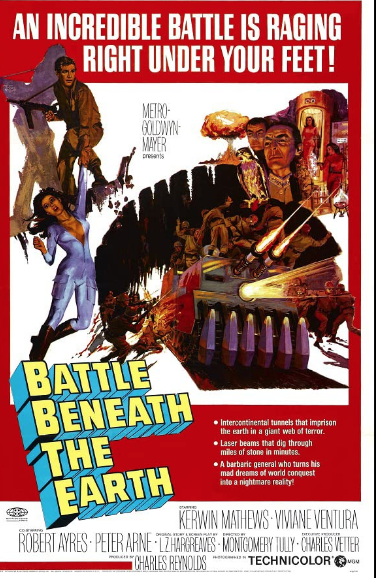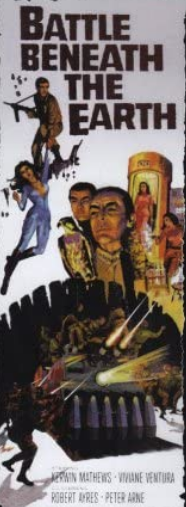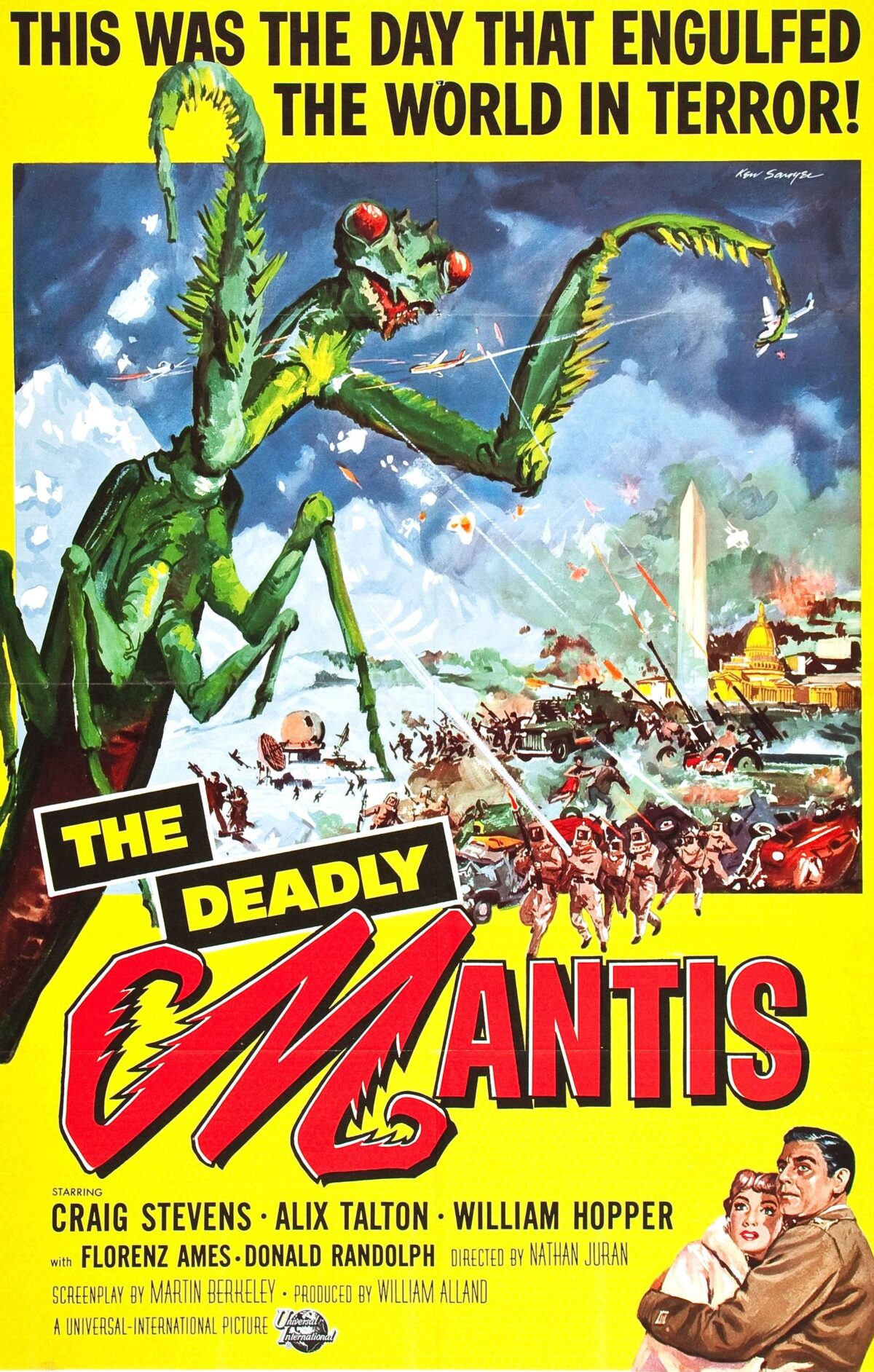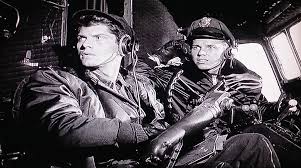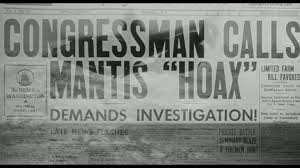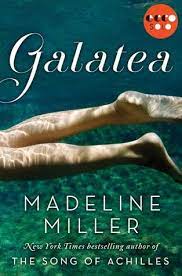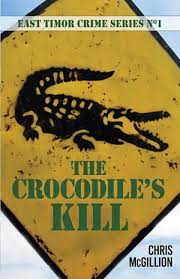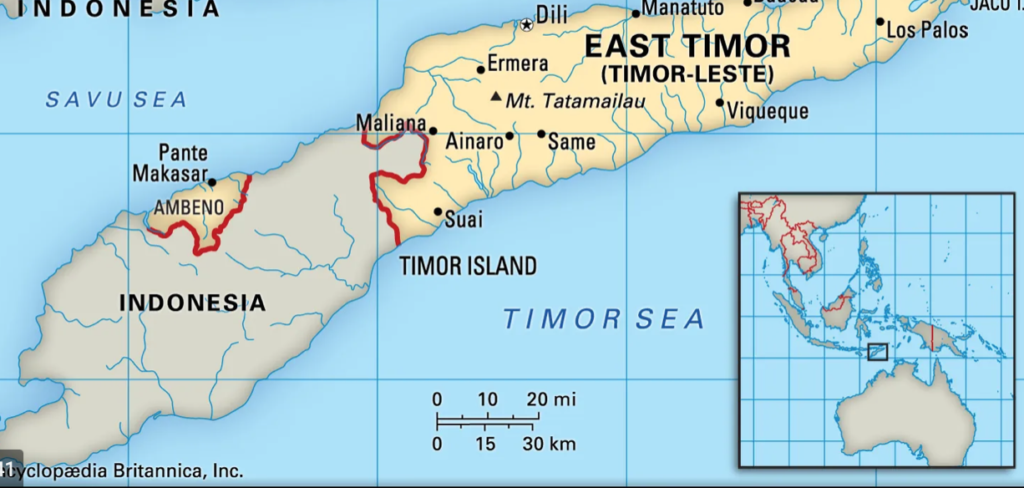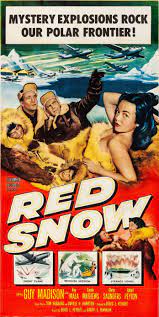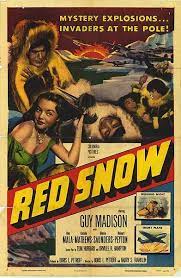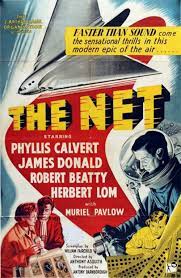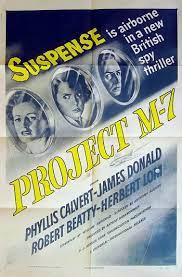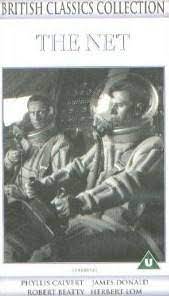Travels with Epicurus (2012) by Daniel Klein.
Good Reads meta-data is 176 pages, rated 3.81 by 2,574 litizens.
Genre: [Time] Travel.
Verdict: Easy Does It.

In different printings the book has two subtitles: ‘A Journey to a Greek Island in Search of Fulfilled Life’ or ‘Meditations from a Greek Island on the Pleasures of Old Age.’ The latter seems to fit the text better, and is less tiring than ‘journeying’ and ‘searching.’
In its brief compass, professional funny man Klein ponders the pleasures of growing old and older. He takes aim at the ‘forever young’ fad and many others with acerbic comments. He romanticises and fantasises about life on a Greek rock.
The red line through the book is ‘enjoy the moment’ because it is all there is right now. Mostly we don’t do that. We go at most of our lives as means to an end that ever recedes. It is as if to say, ‘Once I have everything I want, I will relax and smell the roses,’ but first I have to get all that. Plato called that sickness pleonexia. The Ferengi on Star Trek embody this syndrome. More is always better. Remember Marilyn at the tax office, insatiable?
Before all that, Klein starts out rescuing Epicurus from his friends. Far from recommending hedonistic pleasure-seeking that his name has come to imply, Epicurus offered a much more basic message. ‘Wherever you are, whatever you are doing, be there and do that.’ Extract all the pleasure possible from the here and now, whatever it is. An Epicurean who has understood Epicurus will savour a lentil soup as much as Iranian black caviar. (A Google search failed to produce a recipe for lentil soup in the magazine that takes his name.)
When I push the pedals on the stationery bike at the gym sometimes there is an exercise class on. The music is set to ear-drum bursting, the pace is frantic, the result must be a kind of out-of-body experience, I am guessing without personal experience, for the participants. But the noise alone deadens me in the next room perched on the bike. In front of the speakers I have been surprised it has not caused fatalities. No one in such a class, it seems to this jaded observer, is savouring the moment. Rather they are numb, and on more than one level. The more so when these sessions have names like Body Attack, Storm, Ignite, Destroy, Smash, and Pound.

Like Machiavelli, Epicurus (341 – 270 BCE) has been bastardised into a stereotype miles from the original. For what it is worth, when Eppy opened a school in Athens he allowed women and slaves to join in the meals and the discussions. The scandal mongers of Pox News descended. As a result virtually nothing of his original work survived the vigilantes so that the little we know of his teachings comes second and third hand centuries later. Yet his name is widely mis-taken in vain.

There is an 11-minute film listed on the IMDb but I could not find it online, but there are plenty of other films on You Tube for those who must see the movie. The few I sampled lack Klein’s light touch. A couple even managed to make pleasure painful.
Klein’s other titles include Heidegger and a Hippo Walk Through Those Pearly Gates (2009) and Aristotle and an Aardvark Go to Washington (2008). Although Wikipedia doesn’t know it, this is the same Daniel Klein who wrote Blue Suede Clues (2002) and Viva Las Vengeance (2003).


